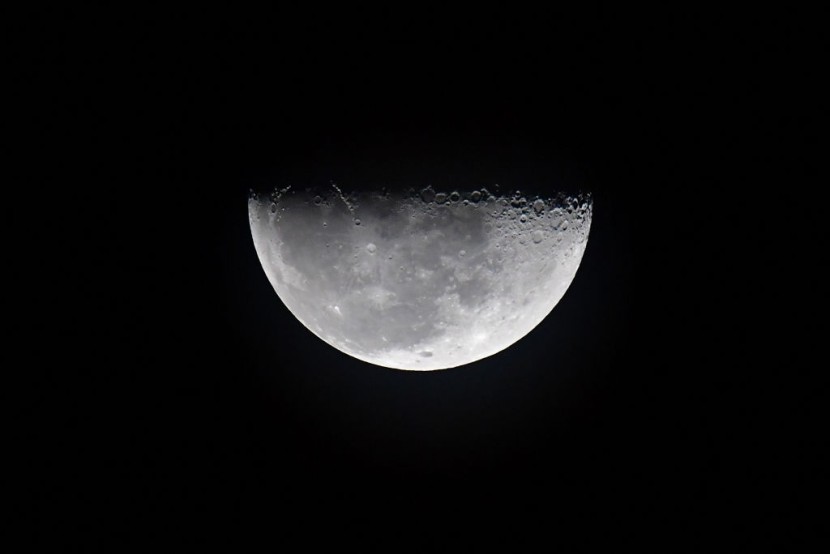
NASA is planning to have astronauts live and work on the moon's surface by 2030 amid continuous space missions designed to lengthen the period that humans can remain away from our planet.
The lead of the Orion lunar spacecraft program for NASA, Howard Hu, said that habitats on the lunar surface would be required to support future scientific missions. On Sunday, he said that the launch of the Artemis rocket on Wednesday, which carries Orion, was a "historic day for human space flight."
NASA's Lunar Missions
Currently, the Orion spacecraft is roughly 134,000 kilometers away from the moon. The rocket, which is roughly 100 meters tall, blasted off from the Kennedy Space Center. The launch was part of NASA's mission to take astronauts back to Earth's satellite.
On top of the Artemis rocket sits the Orion spacecraft which, for this initial mission, is unscrewed, but is equipped with a "manikin" that would register the impacts of the flight, similar to how they would be felt by a human body, as per BBC.
The flight on Wednesday also followed two previous launch attempts of the Artemis rocket in August and September. The attempts were aborted by officials during the countdown because of technician issues.
Hu said that watching the Artemis rocket take off was "an unbelievable feeling" and said it was a "dream." He added that the event was the first step that the space agency was taking towards long-term deep space exploration, not only for the United States but for the world.
According to Sky News, NASA has plans set to establish what officials call Artemis Base Camp, which will feature a modern lunar cabin and a mobile home. These will allow astronauts to stay on the lunar surface for up to two months.
Read Also: India Rocket Launch: Watch Historic Takeoff of Nations First Privately Developed Rocket, Vikram-S
Extended Stay on the Lunar Surface
An agency spokesperson said that NASA is planning to build on the momentum of that human return mission in four years. The space agency plans to send crews to the moon at least once every year thereafter. The official added that early missions will include short surface stays, but noted as the base camp evolves, their goal is to allow the crew to stay for longer periods.
The situation comes as NASA is performing several experiments and tests that would assist in allowing it to send astronauts on prolonged stays on the lunar surface. In northern Arizona, NASA's Desert Research and Technology Studies (Desert RATS) tested a prototype last month for a pressurized lunar rover.
The machine will travel with the Artemis mission when astronauts eventually return to the moon's surface. The current version of the vehicle offers a bumpy ride along the rough terrain and has six independently rotatable wheels. It also has slightly more breathing room than a family van.
NASA conducted the test in partnership with the Japan Aerospace Exploration Agency (JAXA) and was designed to take astronauts to "scientific sites of interest." The experiment would allow spacemen to work multiple days away from their home base, Desert RATS program mission Marc Reagan said, PBS News Hour reported.
Related Article: James Webb Telescope Photo: Birth of Star Captured in Striking Image of Space 'Hourglass'
© 2025 HNGN, All rights reserved. Do not reproduce without permission.








